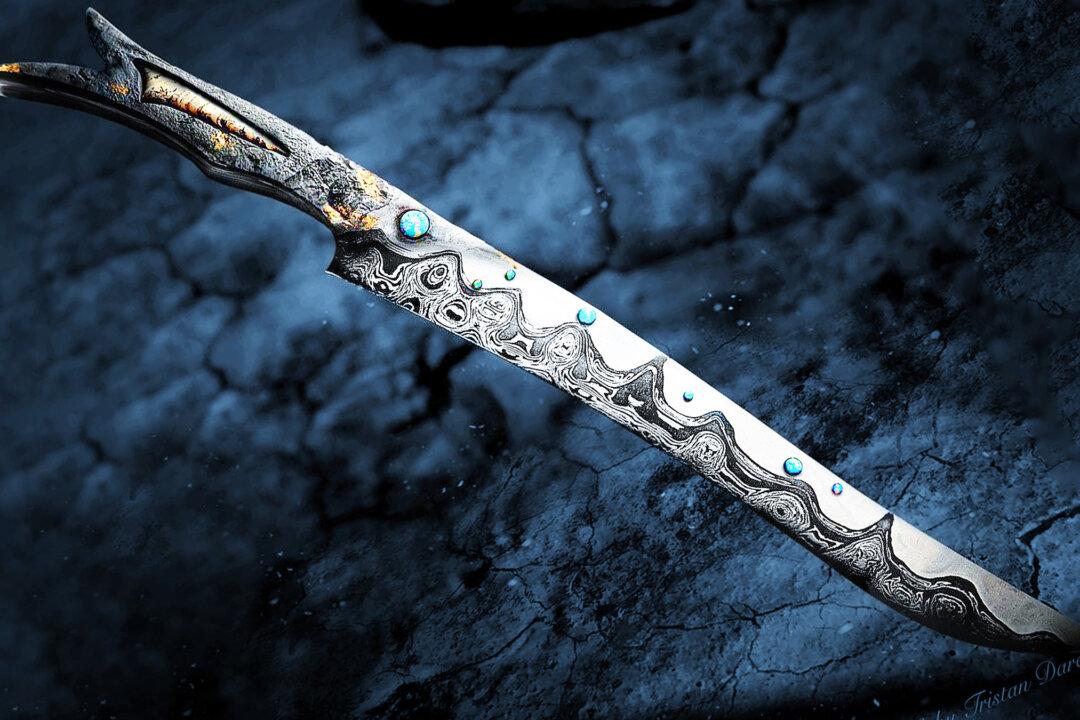It was King Tutankhamun’s meteorite dagger that first sparked Tristan Dare’s imagination. Although ancient blacksmiths probably hammered Tut’s blade into shape, Dare, a young bladesmith from Idaho, introduced modern techniques to create his.
The ancient Egyptians regarded iron as a gift “from the sky,” according to texts dating back to 1300 B.C. The only known source of natural iron in early civilizations was from meteorites. Today, meteorites are still highly prized; and like the ancients who forged the meteorite dagger found among the treasures in Tut’s tomb, modern craftsman carry on the tradition of forging blades made from extraterrestrial space metal.






